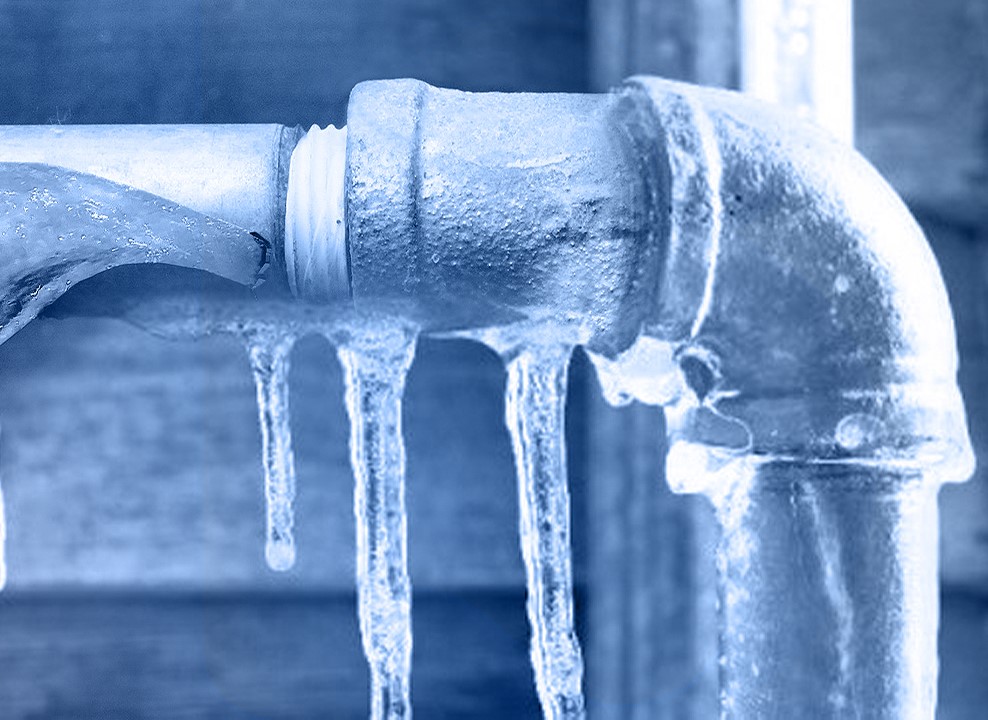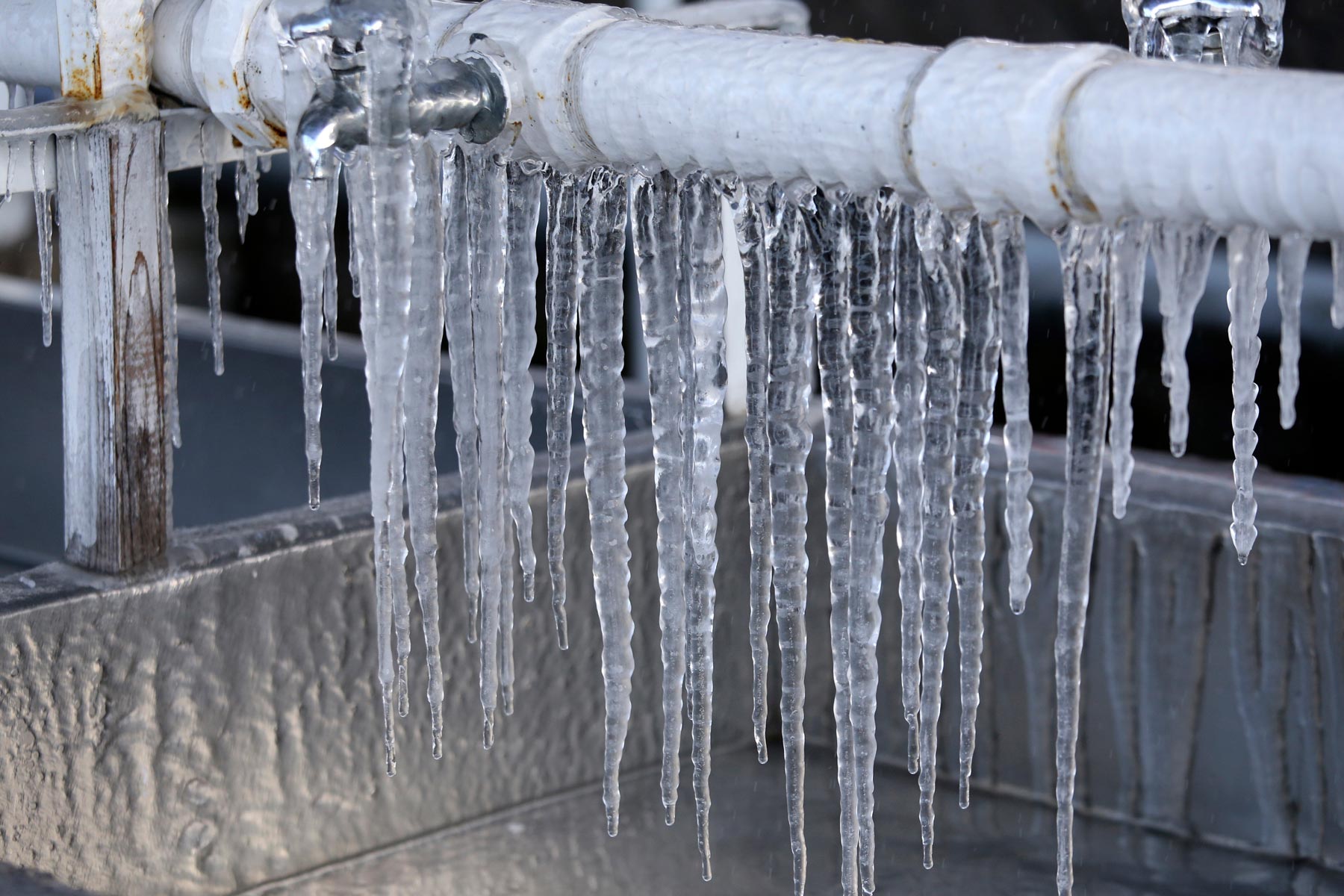Critical Approaches for Preventing Frozen Pipes in Winter
Critical Approaches for Preventing Frozen Pipes in Winter
Blog Article
Just about every person maintains their own rationale with regards to How To Avoid Freezing Pipes.

Winter can wreak havoc on your pipes, especially by freezing pipes. Here's just how to prevent it from happening and what to do if it does.
Intro
As temperature levels decrease, the danger of icy pipelines rises, possibly leading to costly repair services and water damage. Recognizing exactly how to prevent icy pipelines is vital for property owners in cool climates.
Avoidance Tips
Insulating prone pipelines
Wrap pipelines in insulation sleeves or make use of heat tape to secure them from freezing temperature levels. Focus on pipes in unheated or external locations of the home.
Heating methods
Maintain indoor rooms adequately warmed, especially areas with pipes. Open up closet doors to permit warm air to circulate around pipelines under sinks.
How to determine frozen pipelines
Look for reduced water circulation from taps, unusual odors or sounds from pipelines, and visible frost on exposed pipes.
Long-Term Solutions
Architectural changes
Consider rerouting pipes away from exterior wall surfaces or unheated locations. Include extra insulation to attics, basements, and crawl spaces.
Upgrading insulation
Purchase top notch insulation for pipelines, attic rooms, and wall surfaces. Appropriate insulation assists maintain consistent temperature levels and minimizes the danger of icy pipes.
Protecting Outdoor Plumbing
Yard hoses and outside taps
Disconnect and drain garden tubes prior to winter season. Set up frost-proof faucets or cover exterior faucets with insulated caps.
Comprehending Icy Pipelines
What causes pipes to freeze?
Pipes freeze when subjected to temperatures below 32 ° F (0 ° C) for prolonged durations. As water inside the pipelines ices up, it broadens, taxing the pipe walls and potentially causing them to burst.
Risks and problems
Icy pipelines can cause water system interruptions, building damages, and costly repair work. Burst pipelines can flood homes and cause considerable architectural damage.
Indicators of Frozen Water Lines
Determining icy pipes early can prevent them from breaking.
What to Do If Your Pipes Freeze
Immediate activities to take
If you think icy pipes, maintain faucets open up to ease stress as the ice melts. Make use of a hairdryer or towels soaked in warm water to thaw pipes slowly.
Verdict
Avoiding icy pipelines needs aggressive measures and quick feedbacks. By understanding the causes, indications, and safety nets, homeowners can secure their pipes throughout cold weather.
6 Proven Ways to Prevent Frozen Pipes and Protect Your Home
Disconnect and Drain Garden Hoses
Before winter arrives, start by disconnecting your garden hoses and draining any remaining water. Close the shut-off valves that supply outdoor hose bibs and leave the outdoor faucet open to allow any residual water to drain. For extra protection, consider using faucet covers throughout the colder months. It’s also important to drain water from any sprinkler supply lines following the manufacturer’s directions.
Insulate Exposed Pipes
Insulating your pipes is an effective way to prevent freezing. Pipe insulation is readily available at home improvement stores and is relatively inexpensive. Pay close attention to pipes in unheated areas such as the attic, basement, crawl spaces, or garage. Apply foam insulation generously to create a buffer against the cold. You can also wrap your pipes in heat tape or thermostat-controlled heat cables for added warmth.
Seal Air Leaks
Inspect your home for any cracks or openings that could let in cold air. Seal any holes around the piping in interior or exterior walls, as well as the sill plates where your home rests on its foundation. Additionally, make sure to keep your garage door closed unless you’re entering or exiting. Leaving it open creates a significant air leak that can lead to frozen pipes.
Allow Warm Air Circulation
During cold snaps, it’s essential to allow warm air to circulate evenly throughout your home. Leave interior doors ajar to promote better airflow. Open kitchen and bathroom cabinets to help distribute heat consistently around the rooms. If you have small children or pets, be sure to remove any household chemicals or potentially harmful cleaners from open cabinets for safety.
Let Faucets Drip
A small trickle of water can make a big difference in preventing ice formation inside your pipes. When temperatures drop significantly, start a drip of water from all faucets served by exposed pipes. This continuous flow helps prevent the water from freezing. Additionally, running a few faucets slightly can relieve pressure inside the pipes, reducing the chances of a rupture if the water inside does freeze.
https://choateshvac.com/6-proven-ways-to-prevent-frozen-pipes-and-protect-your-home/

Do you really like reading up on Preventing and dealing with frozen pipes? Post a review further down. We would be glad to find out your ideas about this blog entry. In hopes that you come back again in the near future. Enjoyed our post? Please quickly share it. Help other people check it out. Thank you for your time. Don't hesitate to visit our site back soon.
Website Report this page